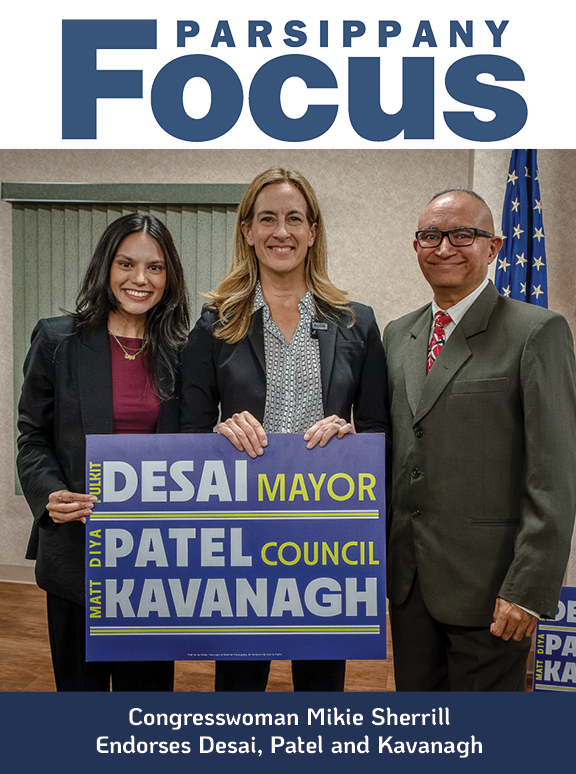PARSIPPANY — In Money Magazine’s rankings of the Best Places to Live 2018, the Township of Parsippany-Troy Hills was named #1 in New Jersey and #26 in the United States. Factors comprising the ranking include the strength of the local economy, crime rate, quality of education, and concentration of local amenities.
“With good schools — among the highest scoring of any New Jersey locale we evaluated — and low crime, the township is a good place for families. And, while Parsippany is close to bigger cities like Manhattan and Newark, you wouldn’t know it from its green space: Home to more than 30 parks, Parsippany is an Arbor Day Foundation-designated Tree City USA — and has been for 42 years, one of the longest in the state,” said Mayor Michael Soriano.
The ranking is a return to the top spot for Parsippany, one of the premier centers for business, family, cultural, and career opportunities in the United States. All Parsippany residents should be proud of the community that has been built in our township.
“Money Magazine recognizes that Parsippany is the crossroads of New Jersey, a place where our residents and businesses can thrive in a strong regional economy, while living in a town with extensive cultural activities, low crime, and a great school system,” said Mayor Michael Soriano. “I could not be more proud to lead this community.”
Number 1 on the list was Frisco, Texas “A boomtown delivers plenty of bang for residents” as reported in Money Magazine.
These spots combine economic growth, affordability, and quality of life.
Union was ranked #43 on the list. The top 50 spots are not filled with New Yorks and San Franciscos, even though they considered any U.S. city with a population of 50,000 or greater. As it turns out, the best places to find a job, buy a house, and settle down are large suburbs or small cities where the cost of living is proportional to income.

With good schools — among the highest scoring of any New Jersey locale we evaluated — and low crime, the township is a good place for families. And, while Parsippany is close to bigger cities like Manhattan and Newark, you wouldn’t know it from its green space: Home to more than 30 parks, Parsippany is an Arbor Day Foundation-designated Tree City USA — and has been for 42 years, one of the longest in the state.
New York City is a little over an hour away, both by car or public transportation, but you don’t need to go to the Big Apple for a job. Companies like PNY Technologies and Kings Food Markets are based right in town, while international employers like Ricola and Teva Pharmaceuticals have Parsippany offices.
To create MONEY’s Best Places to Live ranking, they looked only at places with populations of 50,000 or greater. They eliminated any place that had more than double the national crime risk, less than 85% of its state’s median household income, or a lack of ethnic diversity. This gave them 583 places.
They collected more than 135,000 different data points to narrow the list. They considered data on each place’s economic health, cost of living, diversity, public education, income, crime, ease of living, and amenities, all provided by research partner Witlytic. MONEY teamed up with realtor.com to leverage its knowledge of housing markets throughout the country. They put the greatest weight on economic health, public school performance, and local amenities; housing, cost of living, and diversity were also critical components.
Finally, reporters researched each spot, interviewing residents, checking out neighborhoods and searching for the kinds of intangible factors that aren’t revealed by statistics. To ensure a geographically diverse set, they limited the Best Places to Live list to no more than two places per state and one per county. In the top 15, we allowed only one place per state.
Rankings derived from more than 70 separate types of data, in the following categories:
• Economy — based on local unemployment rate, historical job growth, projected job growth and the level of employment opportunities available, among other factors.
• Cost of living — based on tax burden, insurance costs, commuting costs, medical spending, utility and home expenses.
• Diversity — based on racial makeup, racial integration, and economic diversity within a place’s population.
• Education — based on math and reading test scores and local and county level high school graduation rates.
• Income — based on historical median household income, projected household income, a comparison between local and state median household income and change between current and historical household income.













